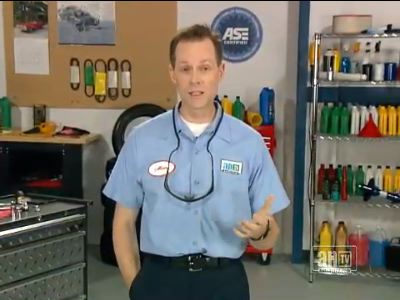It’s one of those things that can happen on a multi-day road adventure or a quick trip to the grocery store. You hit a pothole, go too fast over a speed bump, nail a curb. When it happens, you think, “I wonder if that was hard enough to do any damage?” But things seem ok and you continue on your way.
Keep in mind that any blow to your vehicle’s suspension can throw it out of alignment. It can be a hard knock from the road or from another vehicle, such as being involved in a minor accident. When your suspension is out of alignment, it means that the wheels aren’t all pointing where they should. And after a while, it can make your tires wear unevenly and cause problems with steering and handling.
Let’s go back to that pothole or curb you hit hard. Even though you think there was no damage done, if you wait until you see tire wear, you may need to replace all four tires, not an inexpensive proposition.
That’s why it’s a good idea to make sure your alignment is regularly checked by a qualified technician. If you get regular oil changes (a MUST!), consider having an alignment check while your vehicle is in. That’s especially important if you drive roads that resemble the lunar surface. If you buy new tires, it’s also strongly recommended that you have your alignment checked.
You can have your front wheels aligned or all four, and if your vehicle is newer, it’s not a bad idea to spend a little extra for the four-wheel alignment check. Good alignment pays off with better steering and handling, less tire wear and—BONUS—better fuel economy since aligned wheels offer less resistance when they roll on the road.
Autotronics of St. Peter
111 Jefferson Avenue
St. Peter, MN 56082
507.934.9290
http://autotronicsstpeter.com
